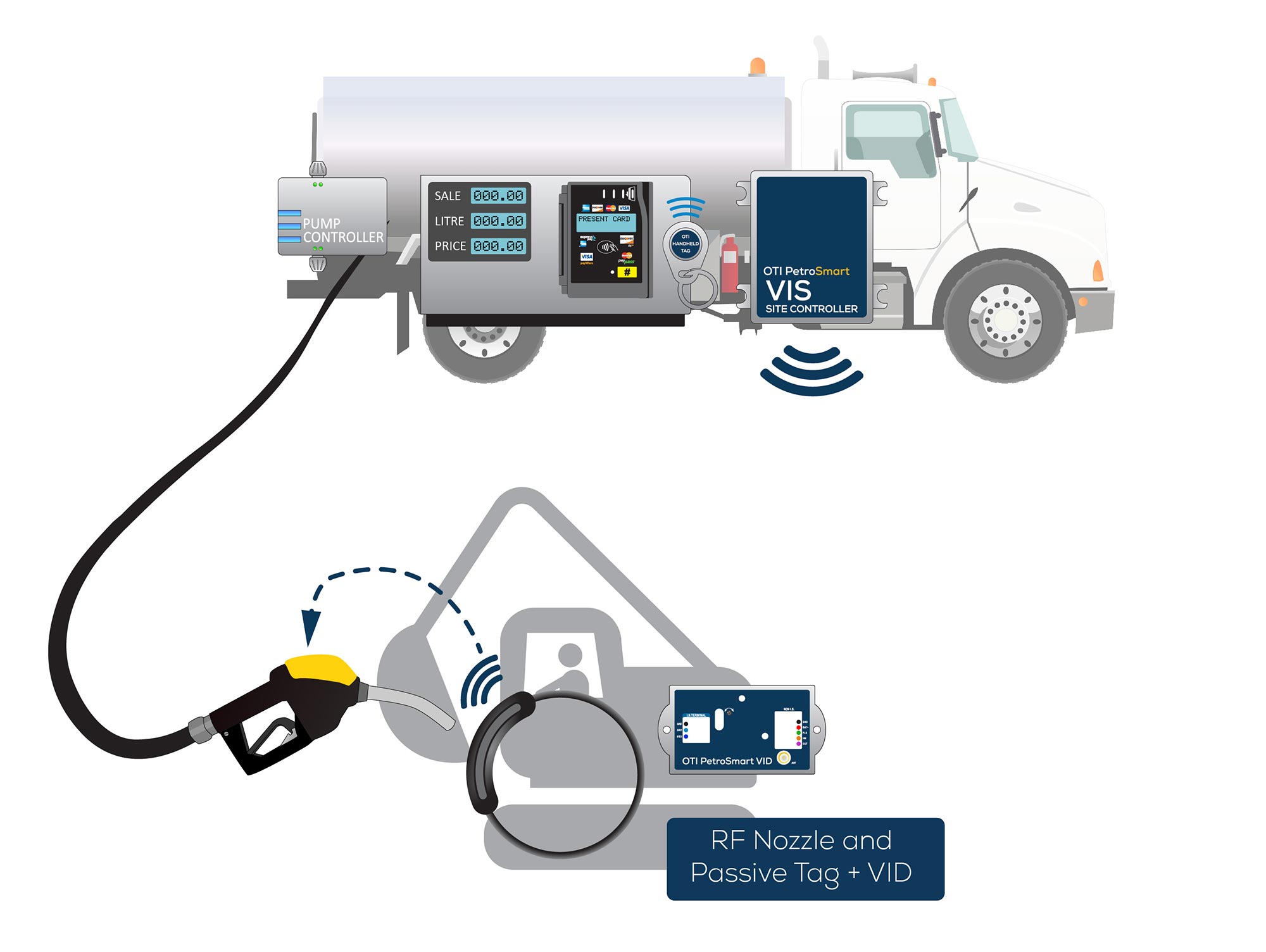Have you ever wondered about the value of your life? While it may seem like an abstract concept, understanding your Human Life Value (HLV) is crucial for financial planning and risk management. The HLV is a method used by insurance professionals, financial planners, and individuals to determine the economic worth of a person’s life. You can gain valuable insights into your insurance needs, ensuring that your loved ones are financially protected in the event of your untimely demise by calculating HLV. It helps determine the amount required to secure your financial well-being by considering factors like inflation and expenditure needs.
Human Life Value and Life Cover Insurance
Let us first explore what is meant by HLV and its importance in life insurance.
Defining Human Life Value
Human Life Value (HLV) is the present value of an individual’s future income, expenses, assets, and liabilities. The purpose of determining HLV is to estimate how much money would be required to protect the lives of your dependents through term insurance if you were no longer around. It takes into account factors such as inflation rates and provides a clear idea of the financial resources needed to support your loved ones after you are gone.
To calculate your HLV accurately, you need to consider several factors like your current income, expected rate of return on investments, retirement age, number of working years left, expenses, and any outstanding liabilities. By doing so, you can arrive at an ideal sum assured amount for your life cover insurance policy.
How to Calculate Human Life Value?
Calculating HLV involves a systematic approach that considers various aspects of an individual’s life. Here are steps to help you calculate your HLV:
Evaluate Current and Potential Income
The first step is to assess your current income and future earning potential. Take into account factors like your age, education, skills, and professional trajectory. Project your income growth over the years, considering salary increments, promotions, and potential career changes. This evaluation serves as a baseline for estimating the financial value you bring to your family or dependents.
Determine Living Expenses
To calculate your HLV accurately, it is crucial to identify your current living expenses and project future expenses. Consider costs such as housing, utilities, transportation, healthcare, education, and other essential needs. Take into account inflation rates and lifestyle changes that may occur as you progress in your career or reach different life stages. Understanding your expenses will help estimate the financial support required by your dependents in case of your absence.
Assess Dependents’ Financial Needs
In this step, determine the financial requirements of your dependents in the event of your untimely death. Consider factors like the number of dependents, their ages, education expenses, healthcare costs, and any outstanding debts. It is important to factor in both short-term and long-term financial needs. For example, if you have young children, include childcare costs, school fees, and college funds in your calculation.
Account for Debt and Liabilities
Take into consideration any outstanding debts or financial liabilities when calculating HLV. This includes mortgages, personal loans, credit card debts, and any other obligations. Failing to account for these debts can burden your surviving dependents financially if something were to happen to you.
Adjust for Inflation and Discount Rate
Inflation and the time value of money are critical factors in calculating HLV. Adjust all future income, expenses, and financial needs for inflation to ensure an accurate assessment. Additionally, apply a discount rate to account for the fact that future income and expenses are worth less in today’s terms. The discount rate reflects the potential return that could be earned on investments over time.
Determine the Present Value
By applying the discount rate, you can convert future cash flows associated with income, expenses, and financial needs into their present values. Summing up these present values provides an estimate of your HLV. This value represents the amount needed to financially safeguard your loved ones’ futures in your absence.
Conclusion
Calculating Human Life Value is a crucial step in financial planning and risk management. While it may seem difficult to assign a monetary value to a person’s life, understanding your HLV can help you make informed decisions about life cover insurance and secure the financial future of your loved ones. By evaluating various aspects like income, expenses, dependents’ needs, debts, and inflation rates accurately, you can determine the optimal sum assured amount for your life cover insurance policy. As life insurance offers not only financial protection for your loved ones but also offers life insurance tax benefits, making it a smart investment for the future.
Remember to adjust for inflation and consider the time value of money to determine the present value. As you plan for a secure future, understanding your HLV can guide you in choosing appropriate life cover insurance that safeguards your loved one’s financial well-being.













Leave a Reply